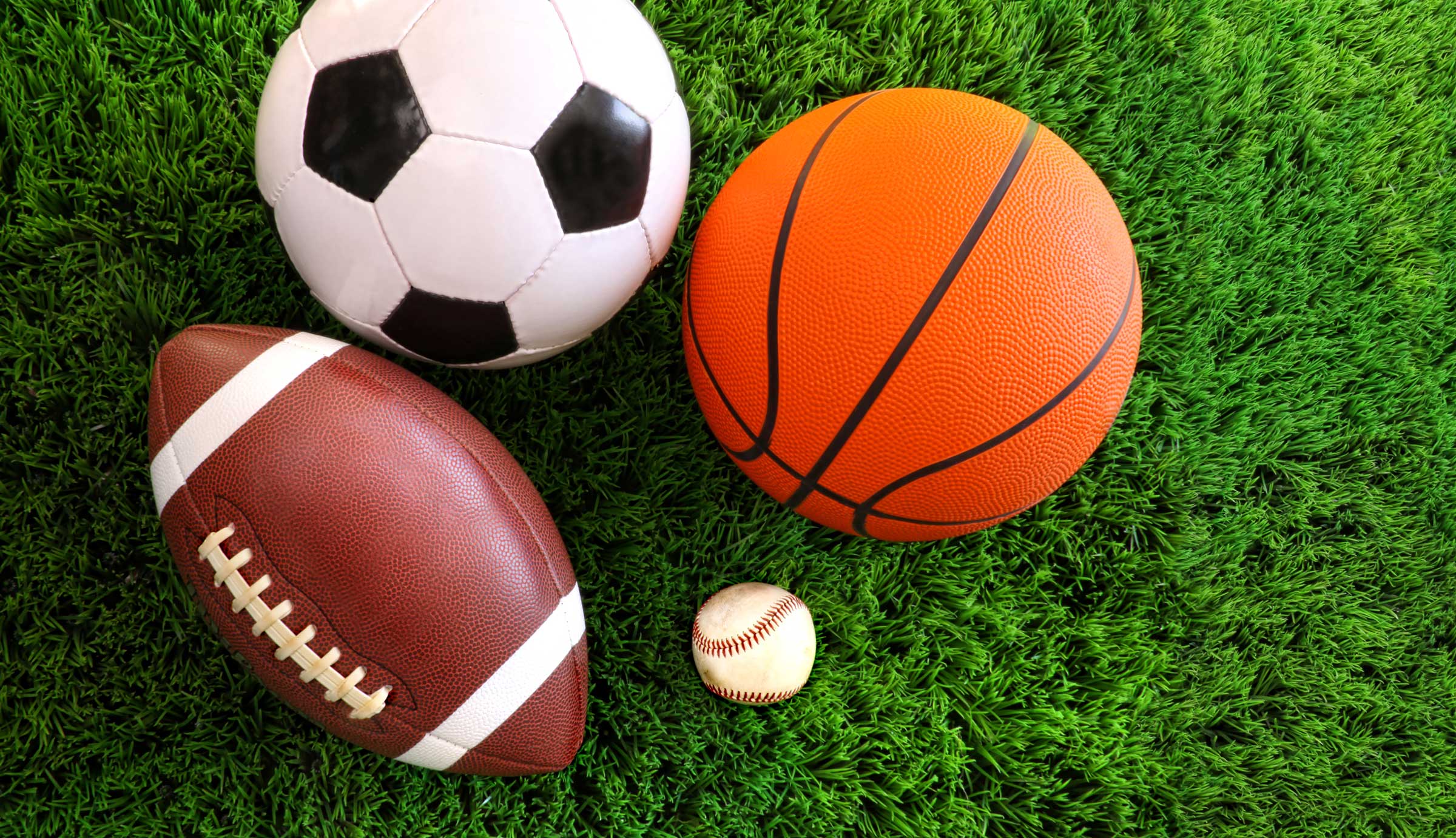Unroll Your Game: The Essential Guide to Sports Mats and Equipment
Unroll Your Game: The Essential Guide to Sports Mats and Equipment
Blog Article

When it comes to enhancing your athletic performance, the right sports equipment can make all the difference. Whether you are an aspiring gymnast, a martial arts enthusiast, or someone looking to improve their home workout experience, understanding the significance of quality sports material is essential. Among the multitude of options available, tatami and tapis de sport have emerged as critical components in creating a safe and effective training environment.
Investing in high-quality sports mats not only protects you from injury but also provides the necessary support and stability for various activities. Choosing the right equipment can transform your training sessions, elevate your skills, and ultimately elevate your enjoyment of sports. In this guide, we will explore the different types of sports mats and equipment, their benefits, and how they can help you achieve your fitness goals.
Choosing the Right Sports Mats
Selecting the appropriate sports mat is crucial for ensuring comfort and safety during workouts. Different sports and activities require specific types of mats, reflecting the demands of each discipline. For instance, if you’re involved in martial arts, tatami mats are widely recognized for their durability and support. Meanwhile, if your focus is on yoga or pilates, a thicker, cushioned mat will provide necessary grip and stability. Understanding the unique needs of your sport is the first step in making the best choice.
Material plays a significant role in the quality of sports mats. Common materials include foam, rubber, and vinyl, each offering distinct advantages. Foam mats, for example, are lightweight and provide excellent shock absorption, making them ideal for floor exercises. On the other hand, rubber mats are tougher and suitable for high-impact activities, offering better resilience. When choosing your mat, consider factors such as density, texture, and maintenance to ensure it meets the requirements of your sport.
Another important consideration is the size and portability of your sports mats. Depending on your training environment, you may need a mat that fits specific dimensions for your space or is easily transportable for on-the-go workouts. Mats come in various lengths and widths, and selecting one that provides ample room for your routine is essential. Ensure your mat is easy to roll up and carry if you require mobility, making practice convenient whether at home or in a gym setting.
Types of Sports Equipment
Sports Equipment
When it comes to engaging in sports, the right equipment is essential to enhance performance and ensure safety. Sports equipment varies widely depending on the type of activity, ranging from protective gear to specialized tools designed for specific sports. Common categories include balls, nets, paddles, and footwear, all of which cater to different sports and individual player requirements. The selection of appropriate sports material can significantly influence the quality of the game and the enjoyment derived from it.
One widely recognized category of sports equipment is mats, which serve multiple purposes in various sports. Tatami is a type of mat traditionally used in martial arts, providing a safe and cushioned surface for falls and practice. In contrast, tapis de sport encompasses a variety of mats designed for different athletic disciplines, from gymnastics to yoga. The right mat not only improves grip and stability but also contributes to injury prevention, making it an indispensable element for many athletes.
In addition to mats, sports equipment also includes items for fitness and training. Resistance bands, weights, and agility ladders are just a few examples that help athletes build strength, improve flexibility, and enhance coordination. Each piece of equipment plays a vital role in a well-rounded training regimen, allowing athletes to target specific areas of improvement. Investing in quality sports equipment tailored to individual needs is crucial for maximizing performance and achieving athletic goals.
Maintaining Your Sports Gear
To ensure the longevity and performance of your sports equipment, regular maintenance is crucial. Start by cleaning your tatami mats or tapis de sport after each use. Dust and sweat can accumulate, leading to unpleasant odors and wear over time. Use a mild detergent mixed with water to wipe down the surface, and always allow it to dry completely before rolling it up. This not only keeps the mat fresh but also prevents the growth of bacteria and mold.
Inspect your sports materials frequently for any signs of damage or wear. Look for frayed edges, cracks, or any deterioration that may affect usability. For tatami mats specifically, check for any loose seams or areas that might have lost their pliability. Addressing these issues promptly can prevent more severe problems down the line. If necessary, consider professional repairs or replacements to keep your equipment in top shape.
Lastly, store your sports gear properly when it is not in use. Mats should be rolled up tightly and stored in a cool, dry place away from direct sunlight. Avoid placing heavy items on top of them, as this can lead to deformation. For other equipment, make sure they are organized and protected, preferably in a designated area. Proper storage not only protects your sports material from damage but also makes it easier to access when you are ready to play.
Report this page